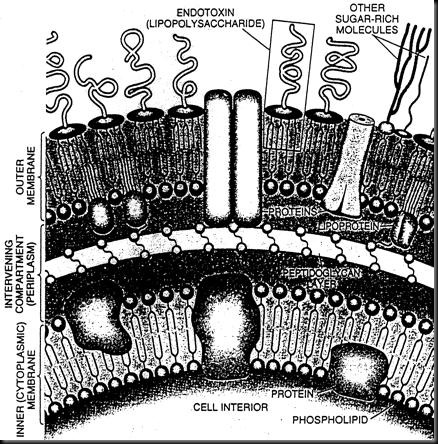Environmental Toxicologists Link Household Bacteria to Asthma
Scientists have found that chemicals called endotoxins can inflame airways and trigger asthma. Endotoxins are shed by bacteria in household dust. Experts say better home hygiene, washing bed linens in hot water at least once a week, and using allergen-prevention pillow cases and mattress covers can reduce the risk of asthma attacks.
Researchers say asthma and allergy triggers may be commonly found at home. That means there are things you can do to reduce the cause of your family's symptoms.
A new study indicates bacteria in household dust releases chemicals called endotoxins, which can inflame airways and trigger asthma.
Peter Thorne, an environmental toxicologist at the University of Iowa in Iowa City says, "If you think of a bacterium as an orange, the endotoxin is the material that makes up the peel. It's the outer layer. And this becomes shed from bacteria, and it's everywhere in the environment.
Researchers found the bedroom had fewer endotoxins, but it had a greater impact on a child's health. After all, that's where kids spend almost half their day. Plus, they have closer contact with the endotoxins. "Endotoxin in the home is related to higher rates of asthma," Thorne says.
There are things you and your family can do to lower the amount of endotoxins: wash your bed linens in hot water at least once a week, reduce clutter so you can clean better, purchase allergen-prevention pillow cases and mattress covers and don't eat in bed.
"I just try and be a little more conscious inside of what I can do so I can control my environment on the inside," Pannkuk tells DBIS. He is stuck with his seasonal allergies but is happy he can control environmental factors that affect his family.
Another cause of asthma in the home is pet dander. Cases of asthma tripled among newborns to 4-year-olds between 1980 and 2000.
BACKGROUND: Bacteria lurking in household dust produces chemicals that may trigger asthma symptoms, whether a person suffers from asthma or allergies or not. The results, from the first nationwide study of toxins made by bacteria in households, indicate that it's not just the concentration of the bacteria-made toxin that is important. Other factors, such as how long and when a person is exposed to the bacterial toxin, as well as genetic factors, may contribute to the development of asthma.
THE STUDY: The nationwide study involved the analysis of more than 2,500 dust samples from 831 homes across the U.S. Results showed a strong association between the levels of toxins made by bacteria -- called endotoxins -- and the prevalence of diagnosed asthma, asthma symptoms and wheezing. People in households with higher endotoxin concentrations had higher instances of respiratory symptoms.
ABOUT ENDOTOXINS: Endotoxins are found in the cell wall of bacteria and are only released when the cell ruptures or disintegrates. Because bacteria can be found everywhere in the home, the likelihood of such a release is very high. Once released, endotoxins can cause inflammation of the airways and lead to asthma symptoms. Endotoxin levels can be reduced in the same way that allergy symptoms can be reduced: by removing dust, keeping the floors as clean as possible, keeping moisture low, repairing water damage, cleaning bed linens, and using a high-efficiency vacuum cleaner with a HEPA filter, among other actions.
ASTHMA OR ALLERGIES? Asthma is a chronic disease affecting the airways that carry air in and out of the lungs. The inside walls of the airways become inflamed (swollen) and narrower so less air can flow through the lung tissues. This in turn causes wheezing, coughing, tightness in the chest, and trouble breathing. Asthma is linked to allergies, although not everyone with asthma has allergies. People with allergies tend to react more strongly to the presence of allergens such as animal dander, dust mites, pollen or mold, as well as cigarette smoke and air pollution.
Source: ScienceDaily


No comments:
Post a Comment